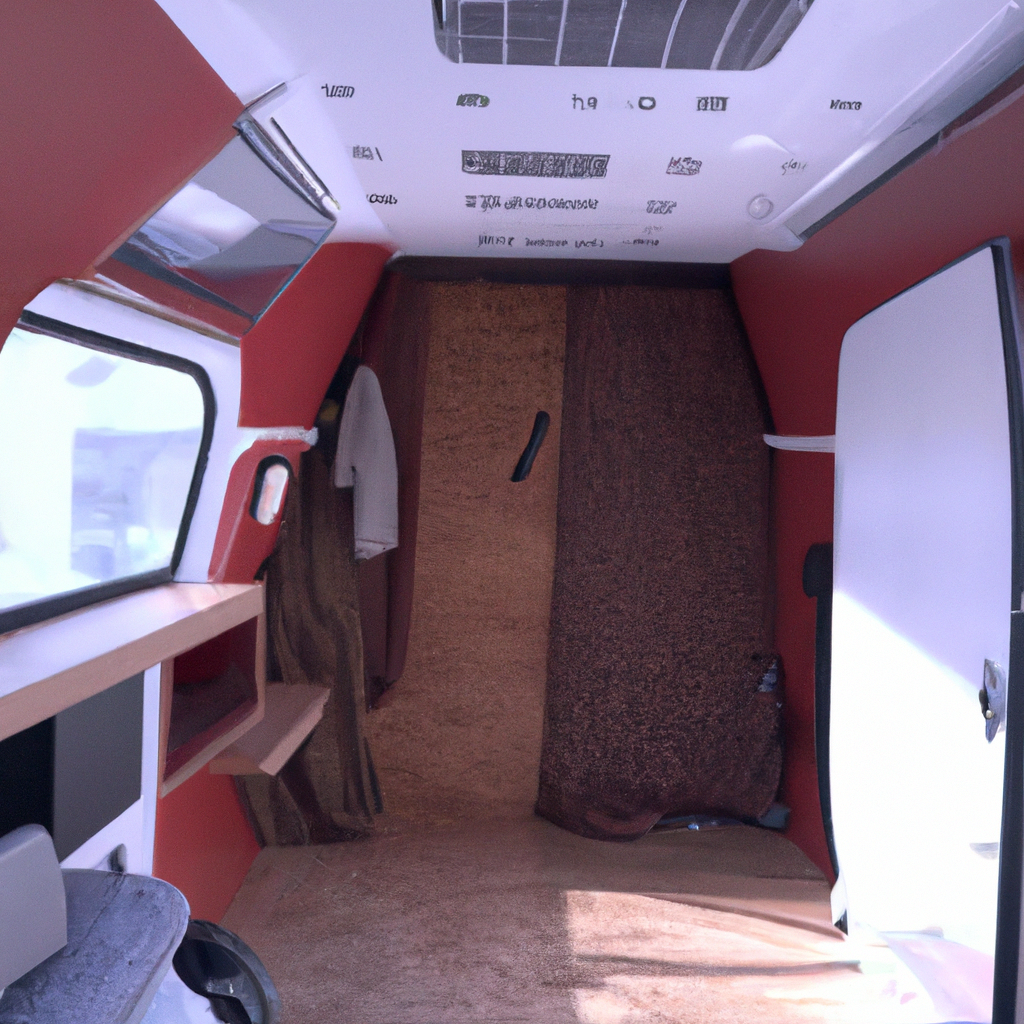Living in a van has become a popular lifestyle choice for many people in recent years. Whether it’s for the freedom of the open road or the desire to live a minimalist lifestyle, there are many reasons why people choose to convert a van into a livable space. In this article, we will explore the process of converting a van into a livable space, including the DIY van conversion steps, essential things to consider, and tips for van living.
The Process of Converting a Van into a Livable Space
Converting a van into a livable space is a multi-step process that requires careful planning, research, and a lot of hard work. Here are the essential steps involved in the process:
Step 1: Choosing the Right Van
The first step in the process of converting a van into a livable space is choosing the right van. You need to consider the size, make, model, and age of the van. Some of the popular models for van conversion include the Mercedes Sprinter, Ford Transit, and Dodge Promaster. You also need to consider the condition of the van and whether it requires any repairs or modifications before the conversion process can begin.
Step 2: Planning and Designing the Interior
Once you have chosen the right van, the next step is to plan and design the interior of the van. You need to consider the layout, the size of the bed, storage space, kitchen area, and bathroom facilities. You should also plan the electrical and plumbing systems, including the installation of solar panels and batteries, as well as the water tanks and pumps.
Step 3: Insulating and Soundproofing the Van
The next step in the process is to insulate and soundproof the van. This will help to regulate the temperature inside the van and reduce external noise. You can use a variety of insulation materials such as foam board, spray foam, or wool insulation. It’s also essential to install a vapor barrier to prevent condensation build-up and ensure the longevity of the interior finishes.
Step 4: Installing the Electrical and Plumbing Systems
The electrical system is an essential part of any livable van. You need to install a battery bank, solar panels, inverter, and charge controller. The electrical system will power the lights, appliances, and electronics in the van. Similarly, the plumbing system is equally important, and you need to install a water tank, water pump, and a sink.
Step 5: Building the Interior
The next step is to build the interior of the van. This includes installing the bed, kitchen, and bathroom facilities. You can use a variety of materials such as wood, metal, and plastic to build the interior. It’s also essential to consider the weight of the materials as it can affect the overall weight of the van.
Step 6: Adding Finishing Touches
The final step is to add the finishing touches to the interior of the van. This includes installing curtains, lighting fixtures, and storage solutions. You can also add personal touches such as artwork, cushions, and rugs to make the van feel like home.
Essential Things to Consider
There are a few essential things to consider before converting a van into a livable space. These include:
Legal Requirements
Before you start the conversion process, you need to ensure that your van meets the legal requirements for a livable space. This includes having a valid registration, insurance, and roadworthy certificate.
Budget
Converting a van into a livable space can be expensive. You need to consider the cost of the van, materials, and labor. It’s essential to set a budget and stick to it to avoid overspending.
Size and Layout
The size and layout of the van will determine the livable space available. You need to consider your lifestyle and the space required for essential facilities such as the bed, kitchen, and bathroom.
Tips for Van Living
Living in a van can be a rewarding and fulfilling experience. Here are some tips for van living:
Stay Organized
Living in a small space can be challenging, so it’s essential to stay organized. You can use storage solutions such as baskets, shelves, and hooks to keep your belongings in order.
Stay Connected
Living in a van does not mean you have to cut yourself off from the world. You can stay connected through social media, blogs, and online communities of van dwellers.
Stay Safe
Living in a van requires you to be aware of your surroundings and take necessary safety precautions. You should always park in safe and legal areas and be mindful of your belongings.
In conclusion, converting a van into a livable space is a challenging but rewarding process. It requires careful planning, research, and hard work. By following the steps outlined in this article and considering the essential things to consider, you can create a comfortable and functional living space on the road.







